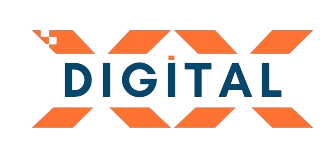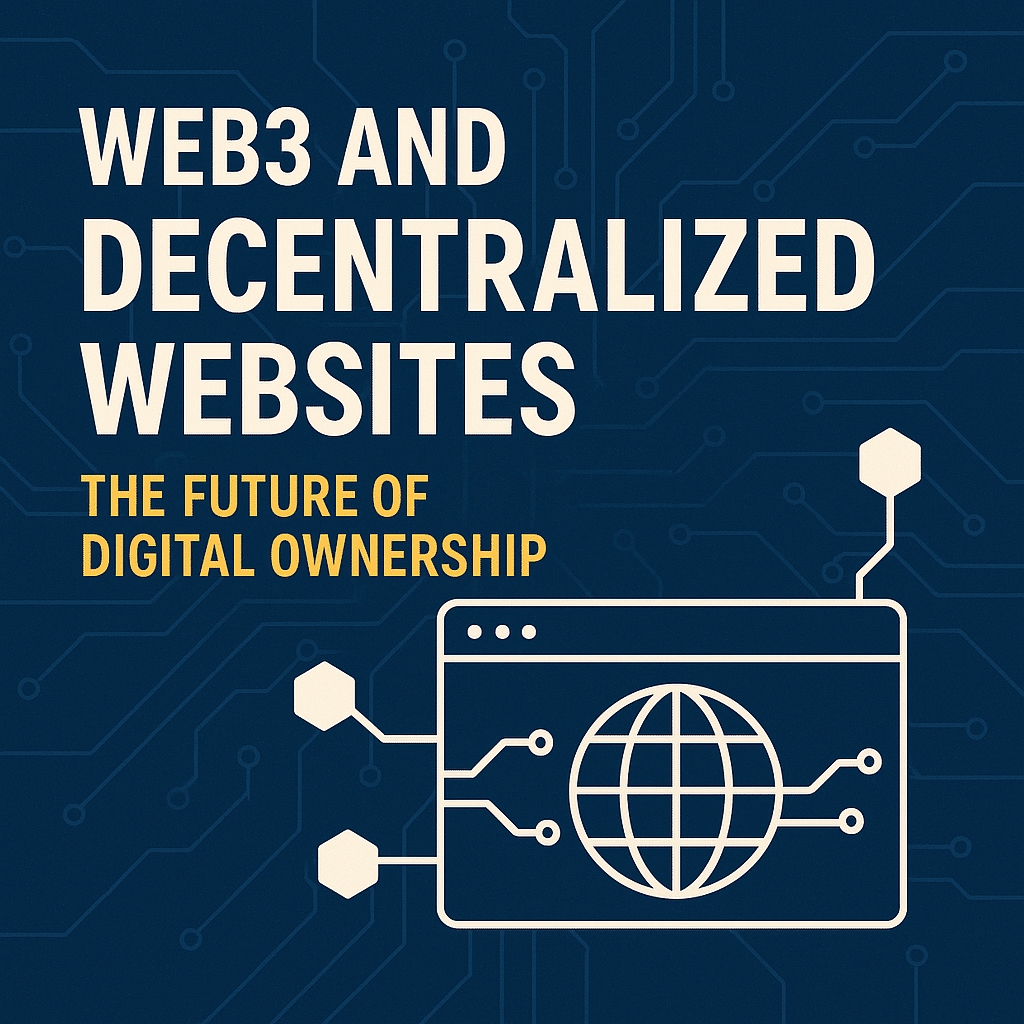The internet is evolving, and with it comes a revolutionary shift toward Web3 and decentralized websites. This new era promises to redefine digital ownership, giving users unprecedented control over their data, assets, and online experiences. In this blog, we’ll explore what Web3 is, how decentralized websites work, and why they’re shaping the future of the internet—all in a way that’s easy to understand and optimized for search engines.
What Is Web3?
Web3 is often called the “next generation” of the internet. Unlike Web2, where tech giants like Google, Meta, and Amazon dominate by storing and controlling user data on centralized servers, Web3 flips the script. It’s built on blockchain technology, the same secure, transparent system that powers cryptocurrencies like Bitcoin and Ethereum.
In Web3, there’s no single entity calling the shots. Instead, data and services are distributed across a network of computers (nodes), making the internet more democratic, secure, and user-centric. Imagine an internet where you own your digital identity, content, and even your financial transactions—without middlemen taking a cut or harvesting your personal information.
Why it matters: Web3 empowers individuals, enhances privacy, and fosters trust in an increasingly digital world.
What Are Decentralized Websites?
Decentralized websites are a cornerstone of Web3. Unlike traditional websites hosted on centralized servers (think AWS or GoDaddy), decentralized websites run on peer-to-peer (P2P) networks or blockchain-based platforms like IPFS (InterPlanetary File System) or Ethereum Name Service (ENS).
Here’s how they work:
- Distributed Hosting: Instead of relying on one server, a decentralized website’s files are stored across thousands of nodes worldwide. This makes it nearly impossible for the site to be taken down or censored.
- Immutable Content: Once published, content on a decentralized website can’t be altered without consensus from the network, ensuring authenticity and transparency.
- User Ownership: With decentralized websites, you control your domain, content, and data. No third party can suspend your account or monetize your information without permission.
- Crypto Integration: Many decentralized websites use cryptocurrencies for payments, memberships, or rewards, cutting out traditional financial intermediaries.
Example: A blog hosted on IPFS can’t be shut down by a single hosting provider, and its domain (like a .eth address) is owned by the creator, not a registrar.
Why Web3 and Decentralized Websites Are the Future
The shift to Web3 and decentralized websites isn’t just a tech trend—it’s a movement toward a fairer, more equitable internet. Here’s why they’re poised to dominate the digital landscape:
1. True Digital Ownership
In Web2, you don’t truly own your social media posts, photos, or even your online store’s data—platforms do. Web3 changes that by using NFTs (non-fungible tokens) and blockchain to verify ownership. Whether it’s digital art, a blog post, or a virtual storefront, you have undeniable proof of ownership.
2. Enhanced Security and Privacy
Centralized servers are prime targets for hackers. Decentralized websites spread data across countless nodes, making breaches incredibly difficult. Plus, Web3 prioritizes privacy-first protocols, letting you interact online without exposing sensitive information.
3. Resistance to Censorship
Governments or corporations can shut down traditional websites or restrict access. Decentralized websites are censorship-resistant because no single authority controls the network. This is a game-changer for free speech and open access to information.
4. New Economic Opportunities
Web3 introduces decentralized finance (DeFi) and creator economies. Decentralized websites can integrate crypto wallets, allowing seamless payments, subscriptions, or tokenized rewards for content creators, all without banks or payment processors skimming fees.
5. Community-Driven Innovation
Web3 thrives on collaboration. Decentralized autonomous organizations (DAOs) let users collectively govern platforms, vote on updates, or fund new features. This ensures websites evolve based on community needs, not corporate agendas.
Challenges of Web3 and Decentralized Websites
While the potential is massive, Web3 isn’t without hurdles:
- Scalability: Blockchain networks can be slow and expensive to use, though solutions like Layer 2 scaling (e.g., Polygon) are improving this.
- User Experience: Setting up crypto wallets or navigating decentralized platforms can feel daunting for beginners.
- Regulation: Governments are still figuring out how to regulate cryptocurrencies and decentralized systems, which could impact adoption.
- Energy Concerns: Some blockchains, like Ethereum pre-merge, were criticized for high energy use, but newer eco-friendly protocols are emerging.
Despite these challenges, the Web3 community is actively addressing them, paving the way for mainstream adoption.
How to Get Started with Web3 and Decentralized Websites
Ready to embrace the future? Here’s how you can dip your toes into Web3:
- Learn the Basics: Research blockchain, NFTs, and decentralized platforms. Websites like CoinDesk or Web3 Foundation offer great resources.
- Set Up a Crypto Wallet: Tools like MetaMask or Trust Wallet let you interact with Web3 apps and store digital assets.
- Explore Decentralized Platforms: Check out sites like Mirror.xyz (for blogging) or Audius (for music streaming) to see decentralization in action.
- Create Your Own Site: Use platforms like Fleek or Unstoppable Domains to launch a decentralized website with your own .crypto or .eth domain.
- Join a Community: Engage with Web3 enthusiasts on platforms like Discord or X to stay updated on trends and opportunities.
The Road Ahead for Digital Ownership
Web3 and decentralized websites are more than a tech upgrade—they’re a paradigm shift. By handing control back to users, they’re creating a digital world where ownership, privacy, and freedom take center stage. While we’re still in the early days, the momentum is undeniable. From artists monetizing their work via NFTs to bloggers hosting censorship-proof sites, Web3 is unlocking possibilities we couldn’t have imagined a decade ago.
So, what’s next? As blockchain technology matures and user interfaces improve, expect Web3 to become as intuitive as today’s internet. The future of digital ownership is bright, and it’s decentralized.

